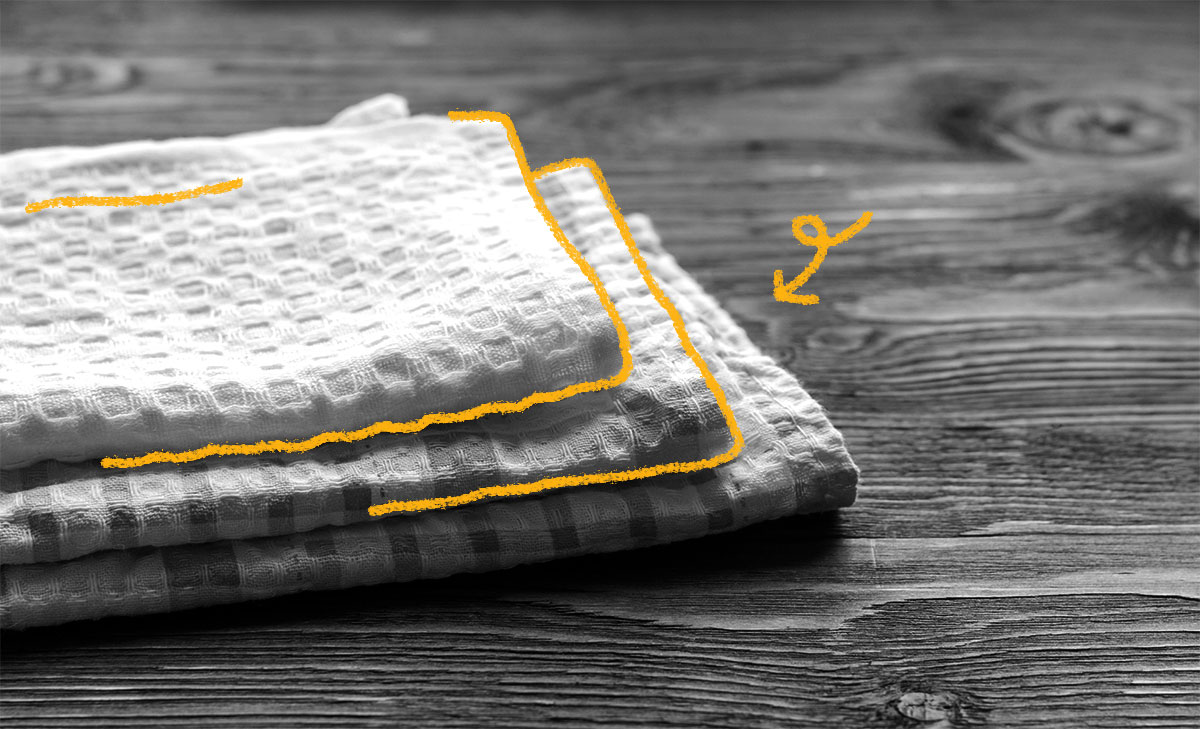Tea towels are a distinct type of towel. While they’re more popular in Europe, they have a role in America, too. If you’re not familiar with them, the main difference between dish towels and tea towels is material; dish towels are made from terrycloth, while tea towels are made from linen (traditionally) or cotton (in modern times). Additionally, tea towels may be embroidered with decorations. Alternate names for tea towels include glass towels, crash towels, and damask towels. Tea towels first showed up in 18th century England, where housemakers used them to complete delicate tasks that couldn’t be left to servants, such as drying delicate dishes or polishing glass. They would also be used at teatime as part of the decorative place settings. Additionally, they were often placed over bread or biscuits to help keep them warm and fresh. Functioning as something of a status symbol, household servants would make tea towels for the household and women would then embroider them to showcase their needlework. In some cases, tea towels were handed down through generations as heirlooms. In the 19th and 20th centuries, they entered mass production and took on a much more decorative role – although they were still used for delicate household tasks. Interestingly, the painter Vincent van Gogh would often paint on tea towels when he ran out of canvases; his work, The Large Plane Trees, is pained on either a tea towel or a tablecloth (there is some debate). Tea towels are still in use in many homes today, and vintage tea towels are now highly sought after by antique collectors.

Your go-to guide for weird history facts
Subscribe to the FREE daily email that makes learning about history fun.


